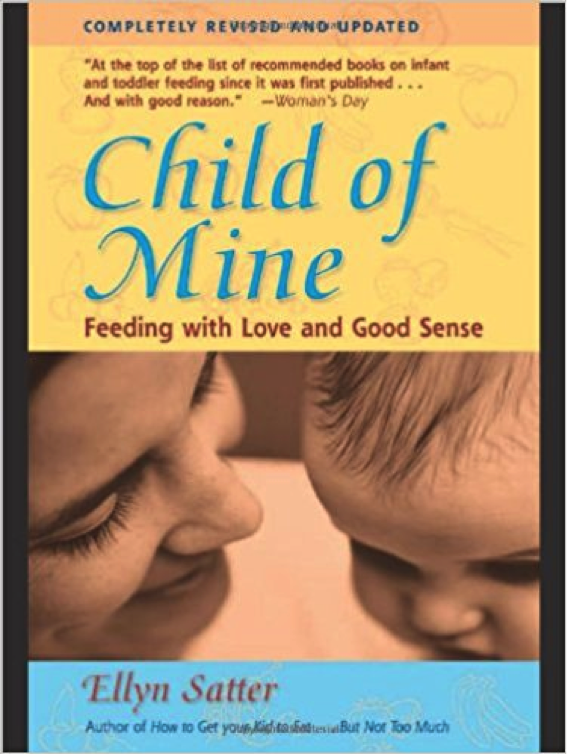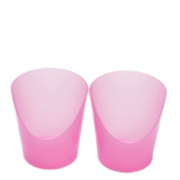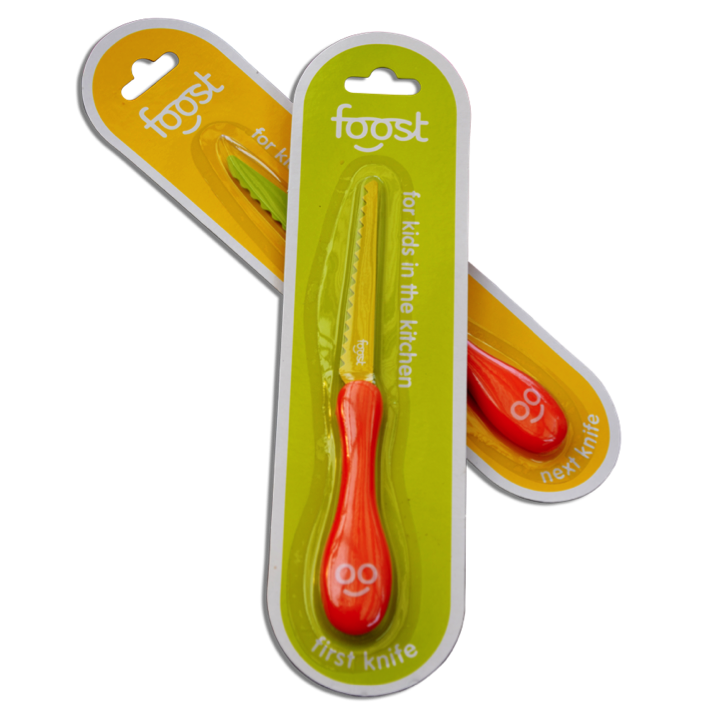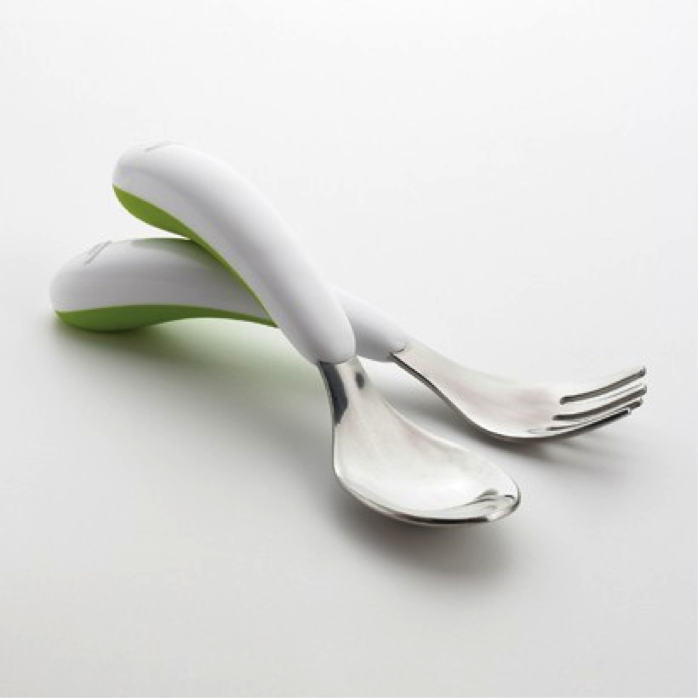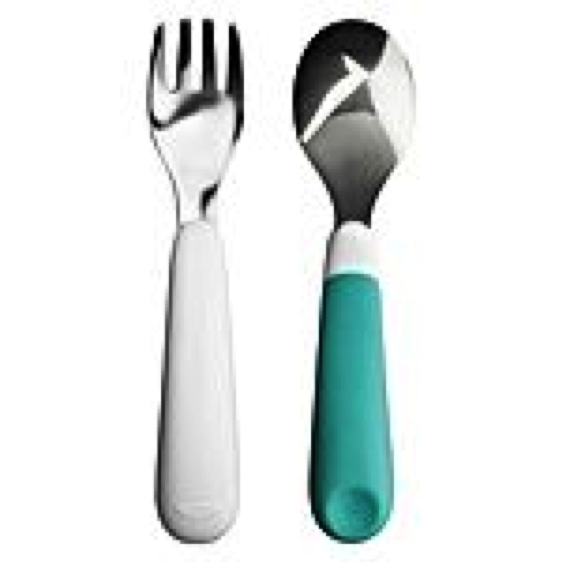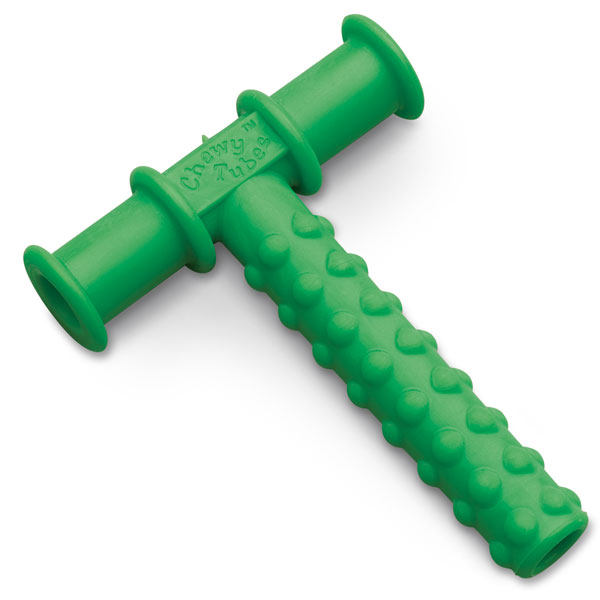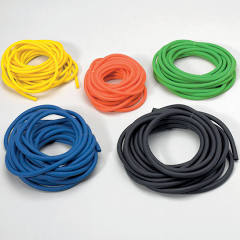We know that there isn’t one magical cup / bottle / plate / spoon that’s going to ‘make your child eat’! We do however know that sometimes the way food is presented, the spoon used to promote lip and tongue skills or the cup which allows independence but doesn’t ‘smother’ a little face, can make a difference. Here are some of our favourite tools and toys that we use to teach children to be independent and autonomous eaters. These are available for purchase both online and in the clinic.
When you are ready to place an order, just head to the bottom of the page to fill in an order form!
CUPS
DOIDY CUP
The Doidy Cup is a uniquely slanted cup which assists in teaching babies to transition from a bottle/breast to an open cup. The slanted angle means the baby’s nose/face is not obscured by the opening of the cup – making it easier to breath and less threatening. It also allows a more natural movement of the arms and hands to lift the cup rather than forward/backward movement of the head when using bottles and sippy cups. The fluid is clearly visible when drinking and children are less likely to over feed as they can’t use the cup as a pacifier. Doidy cups can be used by children from 3 months of age (as well as the elderly and disabled) and are sterilizer, freezer and dishwasher proof (top rack).
With a 200mL capacity, Doidy cups are made from food safe HDPE and do not contain Bisphenol, Phthalates or PVC and conform to EN14350 regulations. They are available in a range of colours.
Cost: $16 each + postage
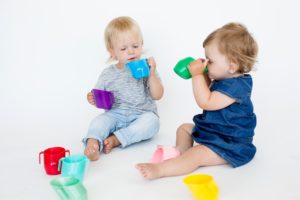
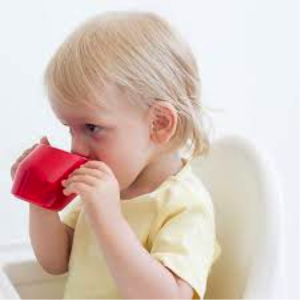
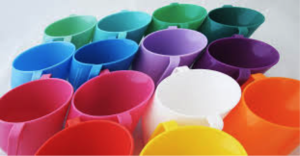
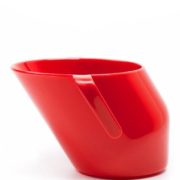

CUTLERY
DR BOEHM FLEXY SPOON
This revolutionary spoon allows babies and children to learn to swallow food from the spoon, with the spoon remaining in the mouth. We know that if a loaded spoon is removed from the mouth without the help of the lips or tongue, food will end up everywhere. However it’s impossible to swallow with a hard spoon in your mouth. In order to do so, the food needs to slide off the spoon suing your lips whilst still keeping the food in your mouth. Exact control of the lip muscles is necessary in order to do this successfully.
The Flexy Spoon allows a baby who’s learning to eat or child with swallowing difficulties (dysphagia) to learn to do this by swallowing with the spoon in their mouth. When swallowing, the tongue presses the spoon against the hard palate. The concave spoon is turned up and changes to fit the curvature of the palate. The food is pressed out of the sides and into the mouth. The tongue is so close to the palate that the swallowing reflex can be triggered.
These spoons are dishwasher safe, can be sterilized and spoon materials conform to international standards (EEC & FDA).
Cost: $13 each + postage

PLATES & BOWLS
DIVIDED PLATES
Divided plates allow the fussy eater and picky child a sense of control and choice in a meal without parents needed to ‘short order cook’ and constantly provide different options during a meal when one option is refused. They also help with children with sensory processing challenges who don’t like their foods ‘touching’. We love these non-slip plates as the higher lip allows children to spoon feed foods such as yoghurt, soup, custard, meat sauce as well as use their forks to self feeding. The non-slip base gives stability that the plate won’t slide across the table. The plates are BPA, Phthalate and PVC free and are top rack dishwasher-safe.
This product measures 26cm x 19cm x 2cm (W x H x D)
Cost: $30 each + postage
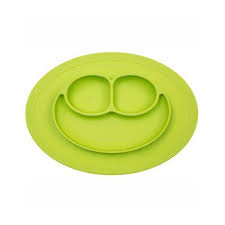
ORAL SENSORY TOOLS
Chewelery – Range of Chewable Jewellery Designs available
Jellystone Designs silicone necklaces not only look great, but are also a non-toxic alternative to regular jewellery and are a great outlet for oral compulsions. The custom designed clasp separates easily when tugged or snagged.
BPA, Phthalate, cadmium, PVC, latex & lead free and are made from completely non toxic, FDA approved silicone
Cost: $19 each + postage

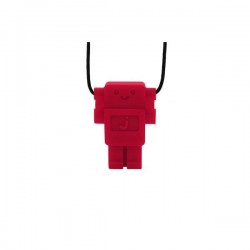
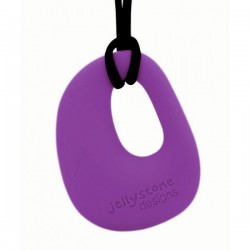
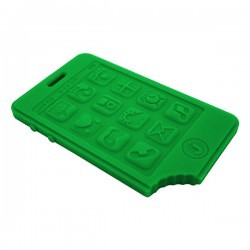
BOOKS
Child of Mine: Feeding with Love and Good Sense – Ellyn Satter
Ellyn is the authority of children’s eating challenges and a well-respected Feeding Therapist, Psychotherapist and Nutritionist. This revised edition offers practical advice that takes into account the most recent research into such topics as: emotional, cultural, and genetic aspects of eating; proper diet during pregnancy; breast-feeding versus; bottle-feeding; introducing solid food to an infant’s diet; feeding the preschooler; and avoiding mealtime battles. An appendix looks at a wide range of disorders including allergies, asthma, and hyperactivity, and how to teach a child who is reluctant to eat. The author also discusses the benefits and drawbacks of giving young children vitamins.
Cost: $30 each + postage
